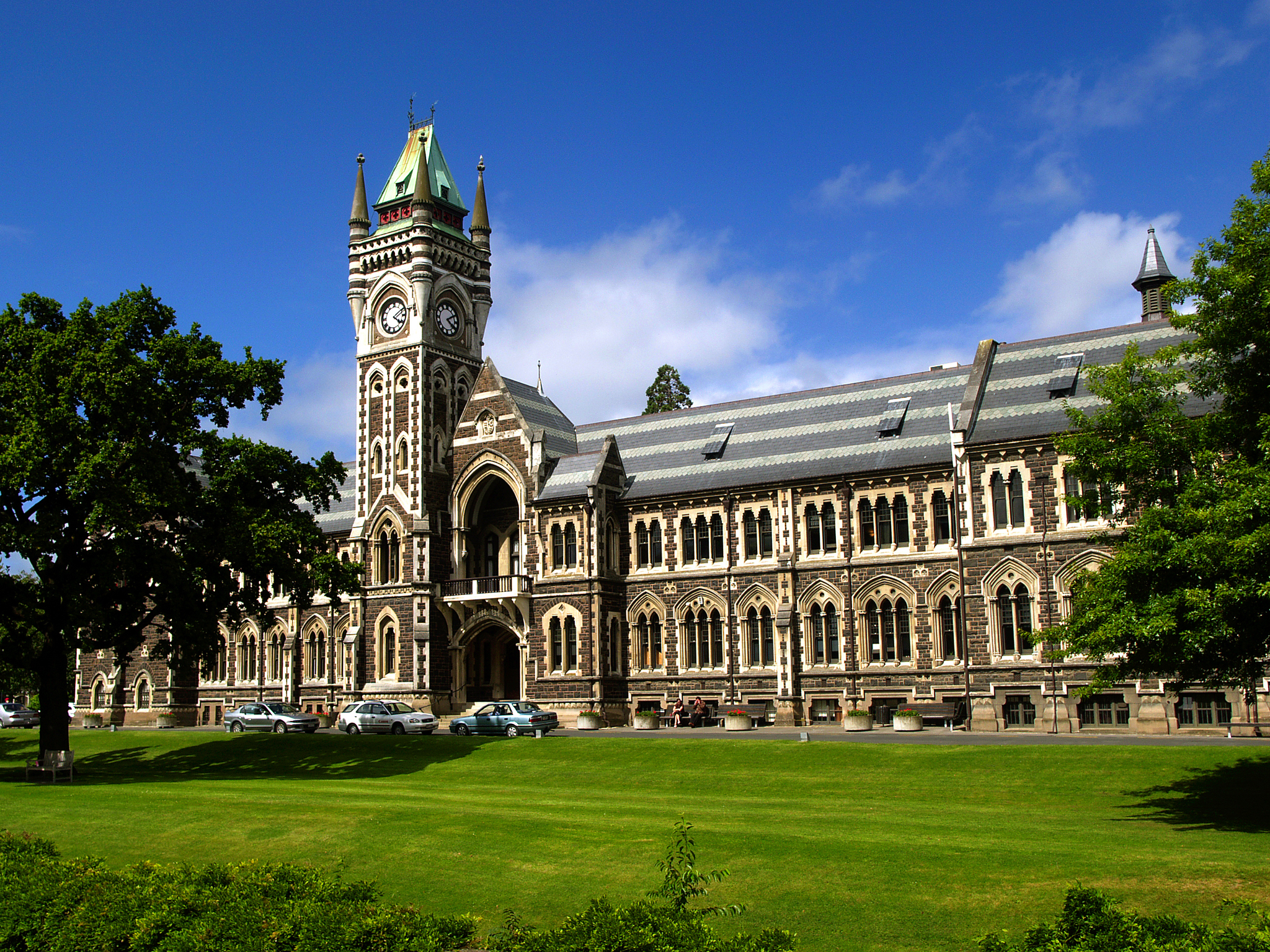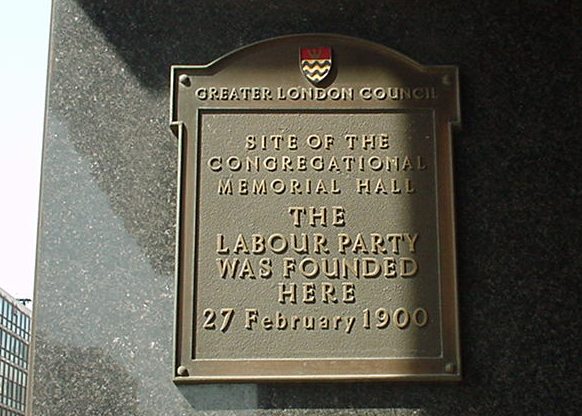|
Nina Catherine Muir
Nina Catherine Muir (20 October 1900 – 9 June 1981) was a New Zealand medical doctor. Early life Nina Muir (née Howard) was born in Dunedin, New Zealand in 1900. Her father was Dr Ernest Henry Howard (d. 1954) who practised in Murchison and Taumarunui where he was superintendent of the hospital. Muir went to school at Auckland Girls' Grammar School and graduated from the University of Otago medical school in 1926. Career In 1927, Muir became the first woman house surgeon at Wellington Hospital. On moving to Gisborne she worked at Cook Hospital and Te Puia Hospital, attending births and treating patients in remote areas. After her marriage she became the first general practitioner to practise in the maternity unit of Cook Hospital. In 1949–1950 she did a postgraduate diploma in obstetrics and gynaecology at the Rotunda Hospital in Dublin. During the 1940s, Muir was the president of the East Coast branch of the British Medical Association. Personal life In 1929, ... [...More Info...] [...Related Items...] OR: [Wikipedia] [Google] [Baidu] |
Dunedin
Dunedin ( ; ) is the second-most populous city in the South Island of New Zealand (after Christchurch), and the principal city of the Otago region. Its name comes from ("fort of Edin"), the Scottish Gaelic name for Edinburgh, the capital of Scotland. The city has a rich Māori people, Māori, Scottish people, Scottish, and Chinese people, Chinese heritage. With an estimated population of as of , Dunedin is New Zealand's seventh-most populous metropolitan and urban area. For cultural, geographical, and historical reasons, the city has long been considered one of New Zealand's four main centres. The urban area of Dunedin lies on the central-eastern coast of Otago, surrounding the head of Otago Harbour. The harbour and hills around Dunedin are the remnants of an extinct volcano. The city suburbs extend out into the surrounding valleys and hills, onto the isthmus of the Otago Peninsula, and along the shores of the Otago Harbour and the Pacific Ocean. Archaeological evidence poin ... [...More Info...] [...Related Items...] OR: [Wikipedia] [Google] [Baidu] |
Murchison, New Zealand
Murchison is a town in the Tasman Region of the South Island of New Zealand. It is near the western end of the "Four Rivers Plain", at the confluence of the Buller River and the Mātakitaki River. The other two rivers are the Mangles River, and the Matiri River. It is a rural service town for the surrounding mixed farming district, approximately halfway between Westport, New Zealand, Westport and Nelson, New Zealand, Nelson. Murchison was named after the Scottish geologist Roderick Murchison, one of the founders of the Royal Geographical Society. History During the period 1853 to 1876, the area that became Murchison was administered as part of Nelson Province. The future settlement of Murchison did not come into being until gold was discovered in the area, and the town was surveyed in 1865, under the name Hampden. With the Provinces of New Zealand#Abolition of Provinces Act 1876, Abolition of Provinces Act 1876, the new Murchison County, New Zealand, Murchison County was creat ... [...More Info...] [...Related Items...] OR: [Wikipedia] [Google] [Baidu] |
Taumarunui
Taumarunui is a small town in the King Country of the central North Island of New Zealand. It is on an alluvial plain set within rugged terrain on the upper reaches of the Whanganui River, 65 km south of Te Kūiti and 55 km west of Tūrangi. It is under the jurisdiction of Ruapehu District and Manawatū-Whanganui region. It has a population of as of and is the largest centre for a considerable distance in any direction. It is on State Highway 4 (New Zealand), State Highway 4 and the North Island Main Trunk railway. Name The name ''Taumarunui'' is reported to be the dying words of the Māori people, Māori chief Te Peehi Turoa – ''taumaru'' meaning screen and ''nui'' big, literally translated as Big Screen, being built to shelter him from the sun, or more commonly known to mean – "The place of big shelter". There are also references to Taumarunui being known as a large sheltered location for growing Sweet potato #Oceania, kūmara. In the 1980s publication ''Rol ... [...More Info...] [...Related Items...] OR: [Wikipedia] [Google] [Baidu] |
Auckland Girls' Grammar School
Auckland Girls' Grammar School (AGGS) is a New Zealand secondary school for girls located in Newton, New Zealand, Newton, Auckland. Established in 1878 as Auckland Girls' High School, it is one of the oldest secondary institutions in the country. The school closed its site temporarily in 1888 due to financial difficulties and classes for girls were held at Auckland Grammar School until the girls' school moved to new premises in Howe Street in 1909 and the name of the school changed to Auckland Girls' Grammar School. The school received the Goodman Fielder awards for School and Secondary School of the year in 2000. The main block is listed as a List of category 2 historic places in Auckland, Category 2 Historic Place. Enrolment In 2018, Auckland Girls' Grammar School had 1,030 students enrolled and is 100% female. The number of international students was 22. As of , Auckland Girls' Grammar School has a roll of students. As of , the school has an Equity Index (New Zealand), Equ ... [...More Info...] [...Related Items...] OR: [Wikipedia] [Google] [Baidu] |
University Of Otago
The University of Otago () is a public university, public research university, research collegiate university based in Dunedin, Otago, New Zealand. Founded in 1869, Otago is New Zealand's oldest university and one of the oldest universities in Oceania. The university was created by a committee led by Thomas Burns (minister, born 1796), Thomas Burns, and officially established by an ordinance of the Otago Provincial Council in 1869. Between 1874 and 1961 the University of Otago was a part of the federal University of New Zealand, and issued degrees in its name. Otago is known for its vibrant student life, particularly its flatting, which is often in old houses. Otago students have a long-standing tradition of naming their flats. The nickname for Otago students, "Scarfie," comes from the habit of wearing a scarf during the cold southern winters. The nickname "Scarfie" has morphed into the nickname "Breather" in recent years. The university's graduation song, ''Gaudeamus igitur, ... [...More Info...] [...Related Items...] OR: [Wikipedia] [Google] [Baidu] |
Wellington Hospital, New Zealand
Wellington Hospital, also known as Wellington Regional Hospital, is the main hospital in Wellington, New Zealand, located south of the city centre in the suburb of Newtown. It is the main hospital run by Te Whatu Ora, Capital, Coast and Hutt Valley (formerly Capital & Coast District Health Board). The hospital serves Wellington City, Porirua and the Kāpiti Coast District. Lower Hutt and Upper Hutt have a separate hospital, Hutt Hospital, in the Lower Hutt suburb of Boulcott. Wellington Hospital is the Wellington Region's main tertiary hospital, with services such as complex specialist and acute (or "tertiary") services, procedures and treatments such as the Intensive Care Unit, cardiac surgery, cancer care, cardiology procedures, neurosurgery, and renal care. The hospital is a tertiary referral centre for the lower half of the North Island and the top of the South Island (specifically the Hawke's Bay, Manawatu-Wanganui, Wellington, Tasman, Nelson and Marlborough regions), ... [...More Info...] [...Related Items...] OR: [Wikipedia] [Google] [Baidu] |
Gisborne, New Zealand
Gisborne is a List of cities in New Zealand, city in northeastern New Zealand and the largest settlement in the Gisborne District (or Gisborne Region). It has a population of Gisborne District Council has its headquarters in the central city. Etymology The Gisborne area was known in Māori as ''Tūranganui-a-Kiwa'' (the 'great standing place of Kiwa'), after Kiwa (mythology), Kiwa, who arrived on the Waka (canoe), waka ''Tākitimu'', which landed at Gisborne. The original English language name for the settlement was ''Tūranga''. It was renamed ''Gisborne'' in 1870, in honour of New Zealand Colonial Secretary (New Zealand), Colonial Secretary William Gisborne, although he had no real connection with the area,“What is Gisborne called in te reo Maori?”. ''1964''. Retrieved 9 January 2024. to avoid confusion with Taur ... [...More Info...] [...Related Items...] OR: [Wikipedia] [Google] [Baidu] |
Rotunda Hospital
The Rotunda Hospital (; legally the Hospital for the Relief of Poor Lying-in Women, Dublin) is a maternity hospital on Parnell Street in Dublin, Ireland, now managed by RCSI Hospitals. The Rotunda entertainment buildings in Parnell Square are no longer part of the hospital complex. History The hospital was founded by Bartholomew Mosse, a surgeon and midwife who was appalled at the conditions that pregnant women had to endure, in George's Lane in March 1745. It was granted by royal charter on 2 December 1756 by George II of Great Britain, King George II. Lying-in is an archaic term for childbirth (referring to the month-long bed rest prescribed for postpartum confinement). The venture was very successful and Mosse raised money through concerts, exhibitions and even a lottery to establish larger premises. The hospital moved to its current premises in 1757, designed by Richard Cassels, where it became known as "The New Lying-In Hospital". The Church of Ireland Chapel was opened ... [...More Info...] [...Related Items...] OR: [Wikipedia] [Google] [Baidu] |
Gisborne Herald
''The Gisborne Herald'' is the daily evening newspaper for Gisborne and environs. It was one of only four independently owned daily newspapers in New Zealand but was bought by NZME in 2024. History Established in 1874 as the ''Poverty Bay Herald'' it was published biweekly in the morning by Carlile and Co. In 1877 it was taken over by Poverty Bay Printing and Publishing Co., who turned it into an evening paper. In June 1875, publishing began tri-weekly, and changed again in October 1878 to become a daily paper. The Poverty Bay Herald Co. Ltd. (now the Gisborne Herald Co. Ltd.) was formed in 1908. The paper was renamed ''The Gisborne Herald'' in 1939. In 1999 it changed from a broadsheet A broadsheet is the largest newspaper format and is characterized by long Vertical and horizontal, vertical pages, typically of in height. Other common newspaper formats include the smaller Berliner (format), Berliner and Tabloid (newspaper ... to a tabloid format, making it New Zeala ... [...More Info...] [...Related Items...] OR: [Wikipedia] [Google] [Baidu] |
1900 Births
As of March 1 ( O.S. February 17), when the Julian calendar acknowledged a leap day and the Gregorian calendar did not, the Julian calendar fell one day further behind, bringing the difference to 13 days until February 28 ( O.S. February 15), 2100. Summary Political and military The year 1900 was the end of the 19th century and the beginning of the 20th century. Two days into the new year, the U.S. Secretary of State John Hay announced the Open Door Policy regarding China, advocating for equal access for all nations to the Chinese market. The Galveston hurricane would become the deadliest natural disaster in United States history, killing between 6,000 and 12,000 people, mostly in and near Galveston, Texas, as well as leaving 10,000 people homeless, destroying 7,000 buildings of all kinds in Galveston. As of 2025, it remains the fourth deadliest Atlantic hurricane on record. An ongoing Boxer Rebellion in China escalates with multiple attacks by the Boxers on Chines ... [...More Info...] [...Related Items...] OR: [Wikipedia] [Google] [Baidu] |
1981 Deaths
Events January * January 1 ** Greece enters the European Economic Community, predecessor of the European Union. ** Palau becomes a self-governing territory. * January 6 – A funeral service is held in West Germany for Nazi Grand Admiral Karl Doenitz following his death on December 24. * January 10 – Salvadoran Civil War: The FMLN launches its first major offensive, gaining control of most of Morazán and Chalatenango departments. * January 15 – Pope John Paul II receives a delegation led by Polish Solidarity leader Lech Wałęsa at the Vatican. * January 20 – Iran releases the 52 Americans held for 444 days, minutes after Ronald Reagan is sworn in as the 40th President of the United States, ending the Iran hostage crisis. * January 21 – The first DeLorean automobile, a stainless steel sports car with gull-wing doors, rolls off the production line in Dunmurry, Northern Ireland. * January 24 – An earthquake of magnitude in Sichuan, China, kills 150 people. J ... [...More Info...] [...Related Items...] OR: [Wikipedia] [Google] [Baidu] |








